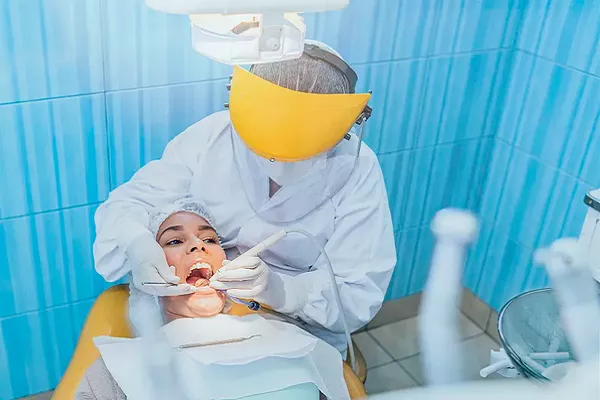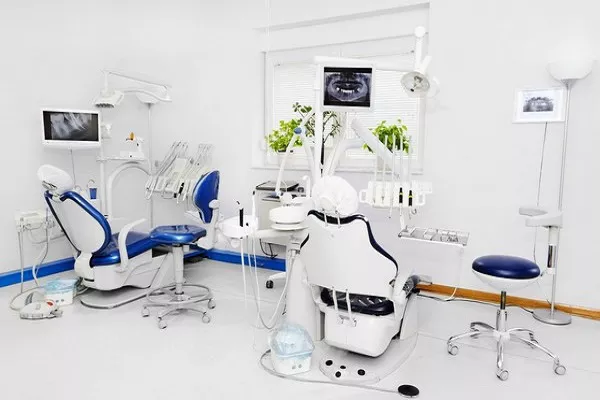In the ever-evolving realm of oral health, the decision to pursue orthodontic treatment is a pivotal one. As individuals seek to enhance their smiles and correct dental misalignments, the question looms large: Do I need orthodontics? In this comprehensive guide, we delve into the intricacies of orthodontic care, exploring the factors that may necessitate such treatment and shedding light on its profound impact on both oral health and overall well-being.
1. Understanding the Indicators for Orthodontic Intervention
Embarking on the journey of orthodontic treatment often begins with a keen awareness of certain indicators that signal the need for intervention. These indicators encompass a spectrum of dental irregularities, ranging from misaligned teeth to bite issues.
1.1 Misaligned Teeth: The Aesthetic and Functional Dilemma
Misaligned teeth not only pose aesthetic concerns but can also lead to functional challenges. Dental misalignments, such as overcrowding, gaps, or crookedness, can impact an individual’s self-esteem and confidence. Beyond cosmetic considerations, misaligned teeth may impede proper oral hygiene, increasing the risk of cavities and gum disease.
1.2 Bite Issues: A Closer Look at Malocclusions
Malocclusions, commonly known as bite issues, encompass conditions like overbites, underbites, and crossbites. These conditions can contribute to difficulties in chewing, speaking, and even lead to jaw pain. Addressing malocclusions through orthodontic measures not only enhances functionality but also prevents potential long-term issues such as temporomandibular joint (TMJ) disorders.
2. The Role of Early Orthodontic Intervention
Recognizing the need for orthodontics early in life can be instrumental in ensuring optimal outcomes. Early intervention addresses developing issues, preventing them from exacerbating over time.
2.1 Childhood Orthodontics: Seizing the Advantageous Window
Orthodontic evaluations for children are recommended around the age of 7. At this juncture, orthodontists can identify emerging problems and take proactive measures. Early interventions, such as braces or palatal expanders, can guide proper dental development, potentially reducing the need for extensive treatment in the future.
2.2 Adolescence and Orthodontic Decision-Making
The teenage years mark a significant phase for orthodontic considerations. Braces, aligners, or other corrective measures can be employed to address existing issues and align the teeth for a harmonious smile. Adolescents often find this period ideal for orthodontic treatments, as they adapt well to the changes and benefit from enhanced self-esteem.
3. Exploring Orthodontic Treatment Options
Orthodontic treatments have evolved beyond traditional metal braces, offering individuals a variety of options tailored to their preferences and lifestyle.
3.1 Invisalign: Embracing Discreet Orthodontic Solutions
Invisalign, a popular choice among adults and teens, utilizes clear aligners to gradually shift teeth into proper alignment. The discreet nature of Invisalign aligners appeals to those seeking a subtler orthodontic experience without compromising on effectiveness.
3.2 Lingual Braces: Concealed Correction
Lingual braces, positioned behind the teeth, provide a concealed orthodontic solution. This option is favored by individuals desiring effective treatment without the visibility of traditional braces. Lingual braces effectively address misalignments while maintaining a discreet appearance.
4. The Impact of Orthodontics on Oral Health
Beyond the quest for a picture-perfect smile, orthodontic treatments contribute significantly to overall oral health.
4.1 Preventive Measures: Mitigating Future Complications
Orthodontic interventions not only correct existing issues but also serve as preventive measures. Properly aligned teeth are easier to clean, reducing the risk of cavities, gum disease, and other dental ailments. Investing in orthodontic care proves invaluable for long-term oral health.
4.2 Speech Improvement: Articulating Confidence
Orthodontic treatments, especially those addressing bite issues, can contribute to improved speech clarity. Individuals experiencing challenges in pronunciation due to misalignments find that orthodontic correction enhances their ability to articulate words with confidence.
5. The Psychological Impact of Orthodontic Transformation
The transformative journey of orthodontic treatment extends beyond physical changes, influencing individuals psychologically.
5.1 Enhanced Confidence: Smiling with Assurance
A well-aligned smile often translates to heightened confidence. Orthodontic transformations empower individuals to showcase their smiles without reservation, positively impacting social interactions and self-perception.
5.2 Long-Term Well-Being: The Holistic Effect
Orthodontic interventions extend beyond cosmetic improvements, fostering a holistic sense of well-being. The alignment of teeth and correction of bite issues contribute to improved jaw function, reducing the likelihood of discomfort or pain associated with misalignments.
6. Conclusion: Navigating the Decision-Making Process
In conclusion, the decision to pursue orthodontic treatment is a personal one influenced by various factors. Understanding the indicators, considering early intervention, exploring treatment options, recognizing the impact on oral health, and acknowledging the psychological benefits are crucial aspects of this transformative journey. Consulting with an experienced orthodontist ensures informed decision-making, paving the way for a confident smile and enduring oral health.
In navigating the intricate landscape of orthodontics, individuals find not only a path to a radiant smile but also a gateway to enhanced oral health and overall well-being. Embrace the possibilities, and let your smile tell a story of confidence and vitality.
Related Links:
How does invisible aligners work?
How to fix overbite teeth at home?
Why do my teeth click when i push on them?































